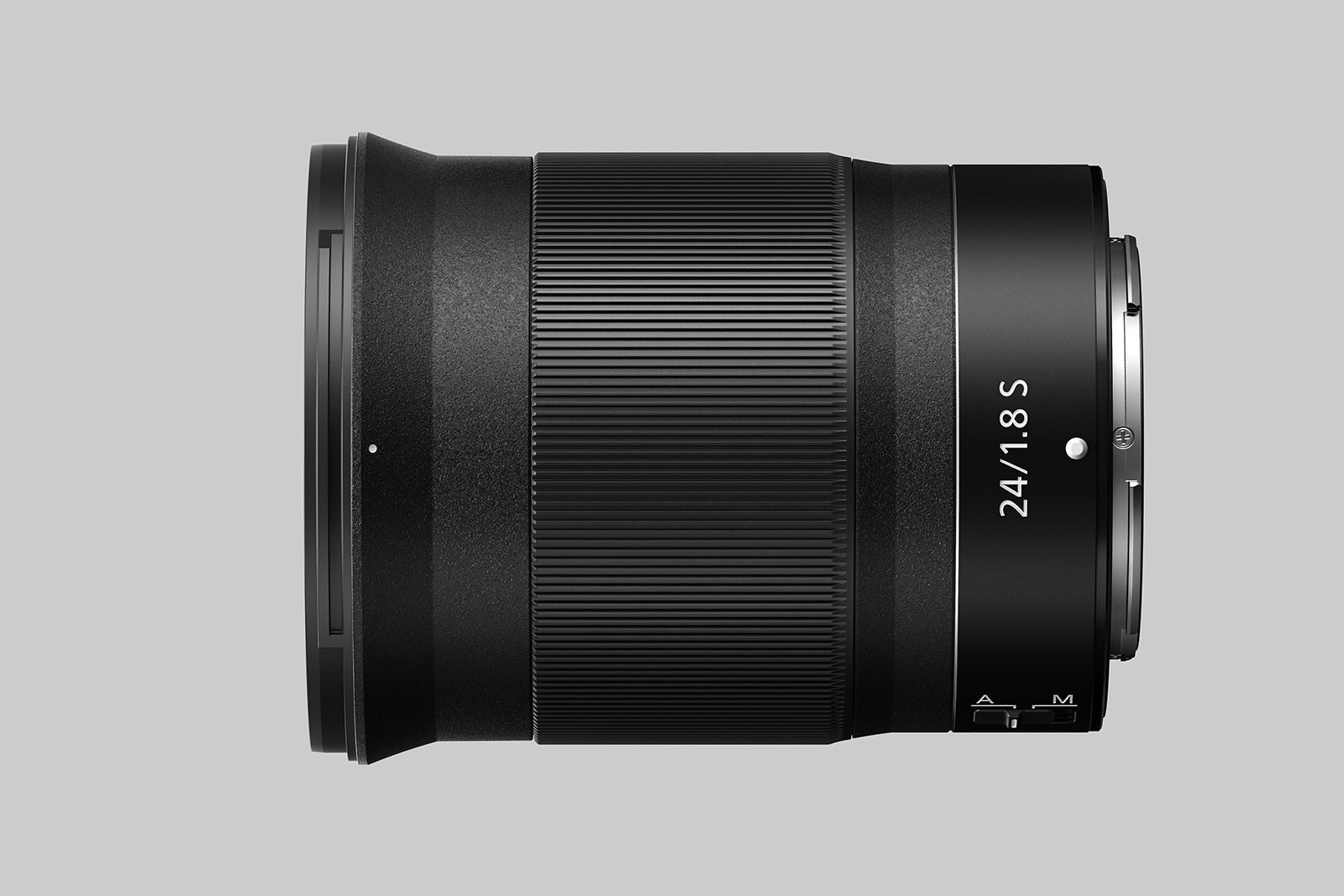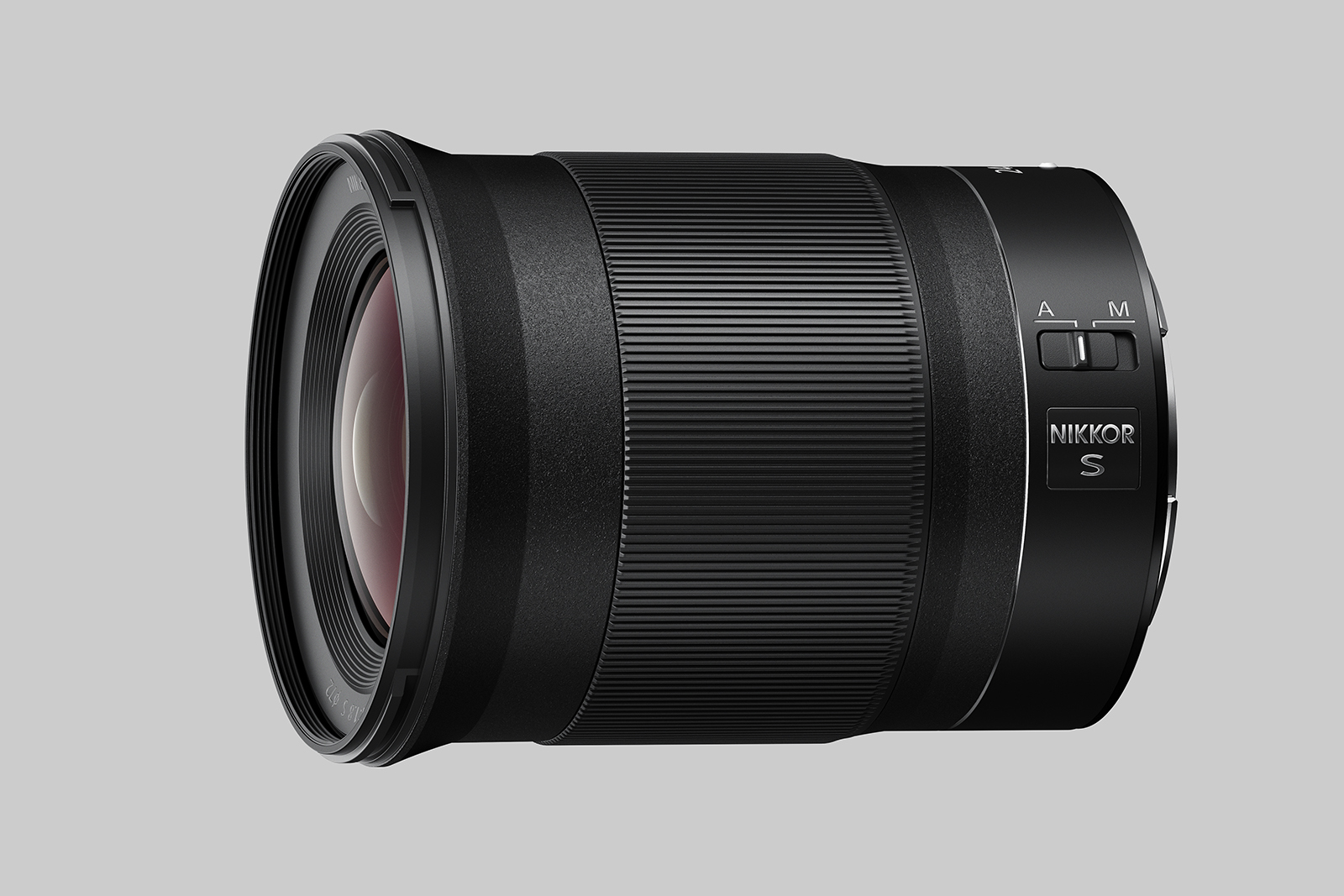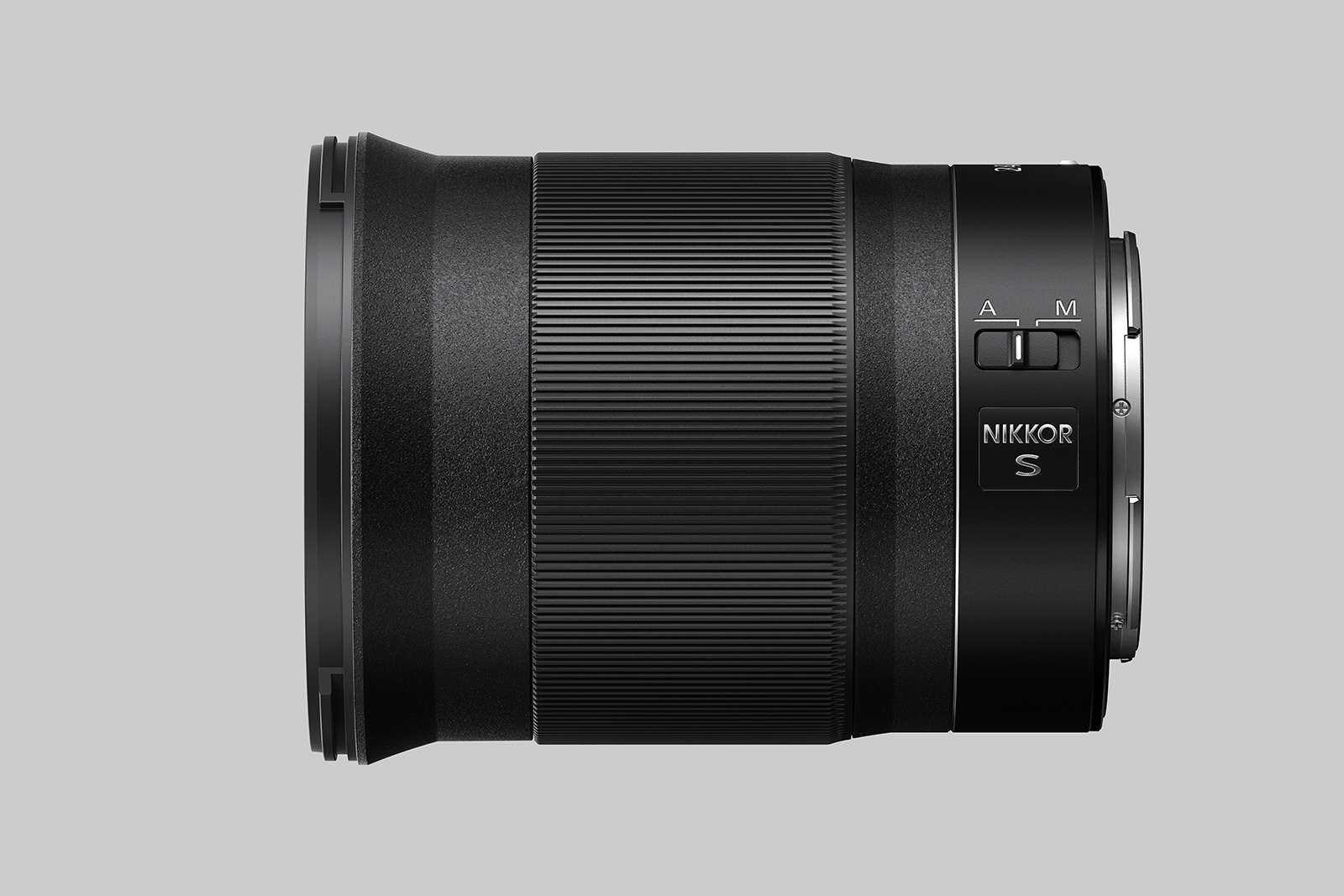The Nikon Z mount lens family will soon gain its widest piece of prime glass. On Wednesday, September 4, Nikon unveiled the Nikkor Z 24mm f/1.8 S. Sporting a fast aperture, the new lens offers brighter performance than the Z series wide-angle zooms with the same focal length for enhanced low-light performance and more versatility creating soft backgrounds. The lens was announced alongside a teaser for the upcoming Nikon D6 and an F-mount 120-300mm f/2.8 VR lens.
The widest prime lens for the Z series so far, the lens is designed to capture what Nikon calls the natural perspective at 24mm, making the lens suited for a range of shots from street photography to environmental portraiture to landscapes. Equipped with nine aperture blades, the f1.8 creates circular bokeh and allows for more flexibility in low-light shooting.
Nikon’s Z lenses — and the wider flange distance on the new mount — is noted for optimized sharpness, and Nikon is promising more of the same with the 24mm. As part of the S series, the lens, constructed from 12 elements, includes a few extras in the design to boost the optics over budget primes. The lens construction uses four aspherical lens elements and one Extra-Low Dispersion element to fight aberration, along with a Nano Crystal Coat to prevent ghosting and flare.
Two autofocus motors are built into the lens as part of the Nikon Multi Focus System for faster, more accurate autofocus than a single system. The lens is capable of focusing on objects as close as 0.82 feet away.
Nikon says the lens’ versatility extends to video, starting with the quieter performance of that autofocus system. The 24mm lens is also designed to minimize focus breathing.
On the exterior, the lens is weather-sealed to withstand dust and moisture. Like other lenses in the Z mount S series, the lens’ control ring can be custom set to control aperture, exposure compensation, or focus. The prime lens weighs just under a pound at 15.9 ounces, measuring about 3.8 inches long from the front of the camera.
The 24mm lens joins the young Z mount family alongside the 35mm, 50mm, and 85mm f/1.8 prime lenses as well as the 24-70mm f/2.8 S, 24-70 f/4 S and 14-30mm f/4 S zoom lenses. The lens is expected to begin shipping in mid- to late October, priced at about $1,000.








